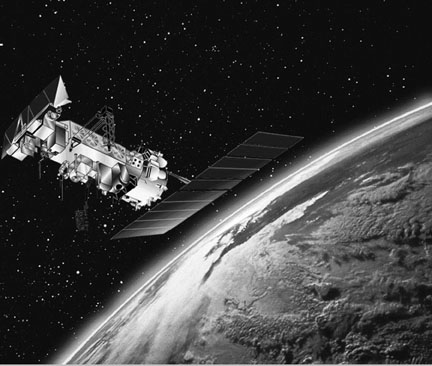
 |
|
|
A truce on
global warming
|
Climate modelers have declared a truce to embrace their differences. Although the debate on climate change is not resolved, a recent report recognizes that the spectrum of opinions on the issue may share a great deal of common ground. “We can conclude with a high level of confidence that the surface temperature is indeed rising,” says climatologist John M. Wallace of the University of Washington in Seattle. He is chair of the panel of scientists that wrote a report released Jan. 12 by the National Research Council, part of the National Academy of Sciences. The Academy had asked the panel members to examine the apparent conflict between temperature recordings at the surface and the upper atmosphere. Perhaps the most surprising outcome of the consensus report was the diverse list of panel members and reviewers: more than 20 people known in the community for their differing opinions on global warming. |

Satellites, such as this polar orbiter, and weather balloons are indicating little warming in the lower to mid-troposphere, challenging scientists to rethink the relationship between the upper atmosphere and Earth's warming surface. Courtesy of the National Research Council and NOAA. |
Christina Reed